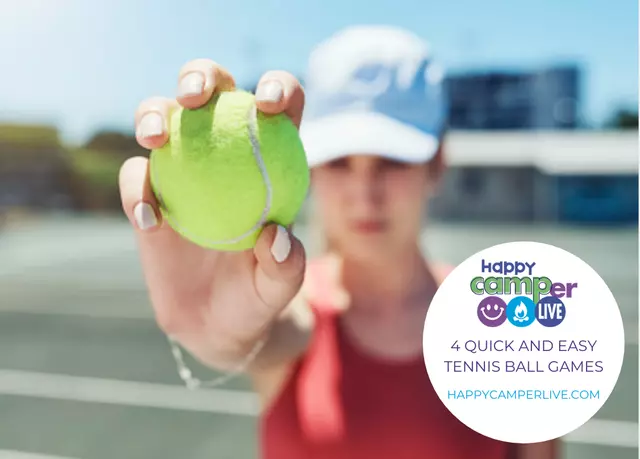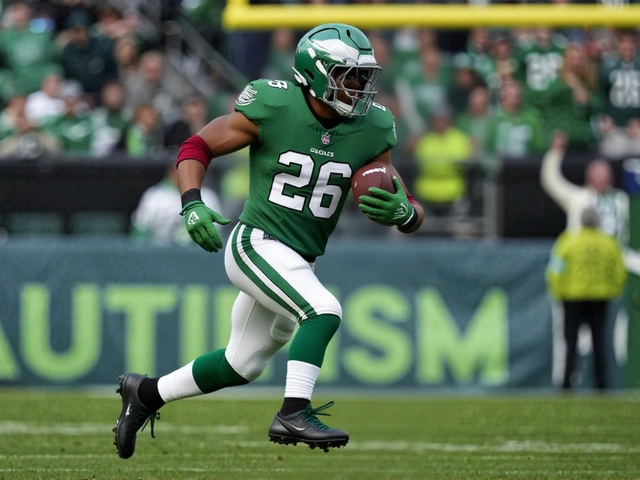Non-Medical Tennis Tips & Insights
Looking for tennis advice that doesn’t dive into injuries or rehab? You’re in the right spot. This page gathers the practical, everyday tips that keep your game sharp without any medical talk. Whether you’re picking a first racket, figuring out why players bend on serve, or just curious about the word ‘tennis shoes,’ we’ve got you covered.
Gear & Racket Advice
Starting out? The most common mistake is grabbing the flashiest racket instead of the one that feels right. For beginners, the HEAD Ti.S6 is a solid pick – it’s lightweight, so you don’t tire out fast, and the sweet spot is big enough to forgive off‑center hits. If you like a little extra power, the Babolat Drive Max 110 gives you that pop without demanding a perfect swing.
Don’t forget about shoes. Most people call any sneaker a “tennis shoe,” but the original name comes from the first rubber‑soled courts shoes made for the sport. Modern tennis shoes still have extra lateral support to handle quick side‑to‑side moves, so avoid plain running shoes if you play on a hard court.
Grip size matters too. Too big and your wrist cramps; too small and you lose control. Measure the distance from the tip of your middle finger to the second crease of your palm – that’s the ideal grip circumference in inches.
Game Sense & Fun Facts
Ever notice players bending low when they’re about to receive a serve? That stance drops their center of gravity, giving them a quicker spring in any direction. It also loads the legs for power, so the return can be aggressive rather than just a defensive block.
Hard‑court masters like Novak Djokovic combine three things: incredible footwork, a cannon‑like serve, and a steel‑nerves mindset. He stays relaxed under pressure, which lets him make split‑second decisions without flinching.
Speaking of court surfaces, the Australian Open this year slowed down because the organizers added a slightly softer top layer. Cooler weather also tamped the bounce, meaning players needed extra spin and patience to win long rallies.
One quirky piece of tennis history: the word “tennis” once described a broader set of racket games, but the sport’s popularity locked the term to the modern game. That’s why we still call any rubber‑soled sneaker a “tennis shoe” even if it’s used for basketball or running.
Lastly, scoring can feel odd at first – love, fifteen, thirty, forty – but it simply adds drama. The two‑game margin in sets forces players to stay focused, and the best‑of‑three or best‑of‑five match format builds a story arc that keeps fans hooked.
All these tidbits help you understand the game beyond drills and stretches. Use them next time you step onto the court and watch your performance sharpen without a single medical term in sight.

What is the best non-medical treatment for tennis elbow?
Tennis elbow is a condition caused by overuse of the arm and forearm muscles. Non-medical treatments such as rest, icing, compression, and elevation can help treat the condition. Stretching and strengthening the muscles involved can also help improve the condition. Physical therapy can be used to help with flexibility and range of motion. Over-the-counter pain medications can also be used to reduce inflammation and pain. Finally, supportive braces or straps can help provide additional stability and support.
Detail



